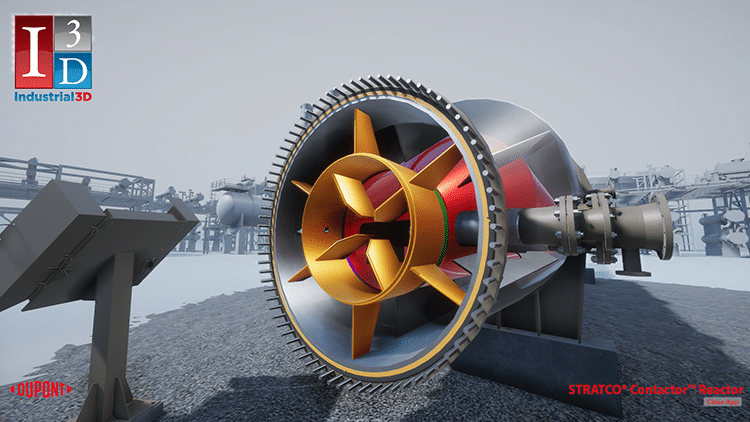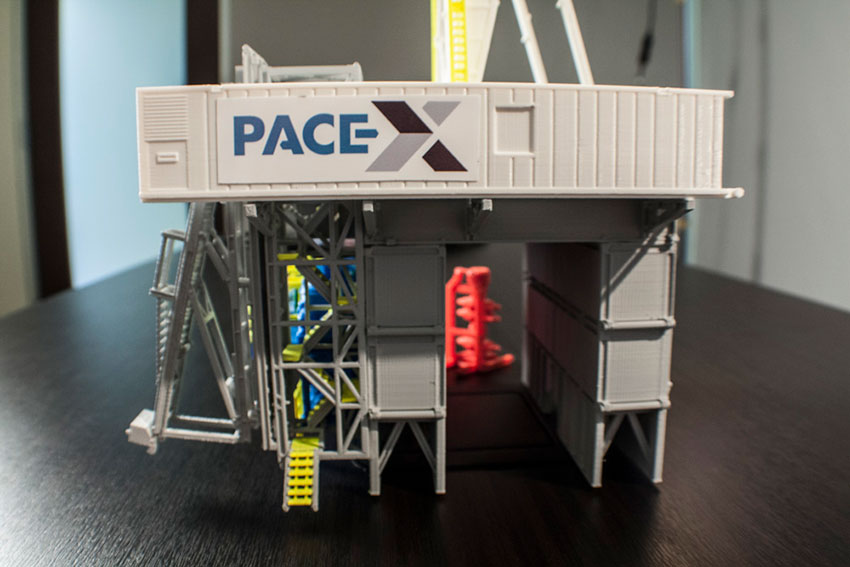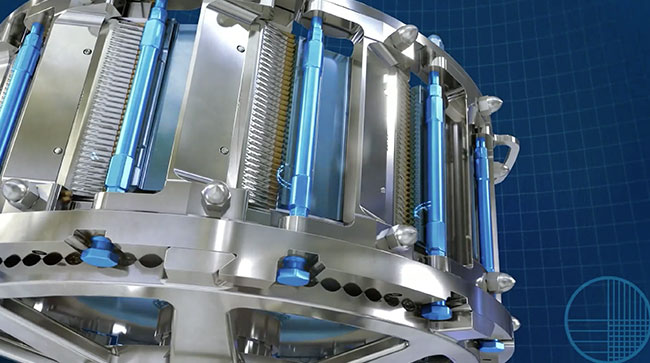3D printing Services
In order to produce animation in real-time, an animator initially develops a 3D representation of the desired object or character. Subsequently, they incorporate rigging, which encompasses a network of joints and bones that imparts a skeletal structure to the model. Next, the animator affixes motion data onto the rigged model, thereby infusing vitality into the character. Ultimately, the animator incorporates textures and lighting to generate a lifelike appearance.
CGI refers to the technique of crafting visuals or settings by harnessing computer graphics. This can be achieved by either generating new images or by altering pre-existing ones, and has the capability to construct anything from basic 2D illustrations to intricate 3D landscapes.
3D animation offers numerous benefits in comparison to traditional animation methods. It empowers animators to fabricate environments, characters, and objects that possess a heightened realism when contrasted with 2D animation.



